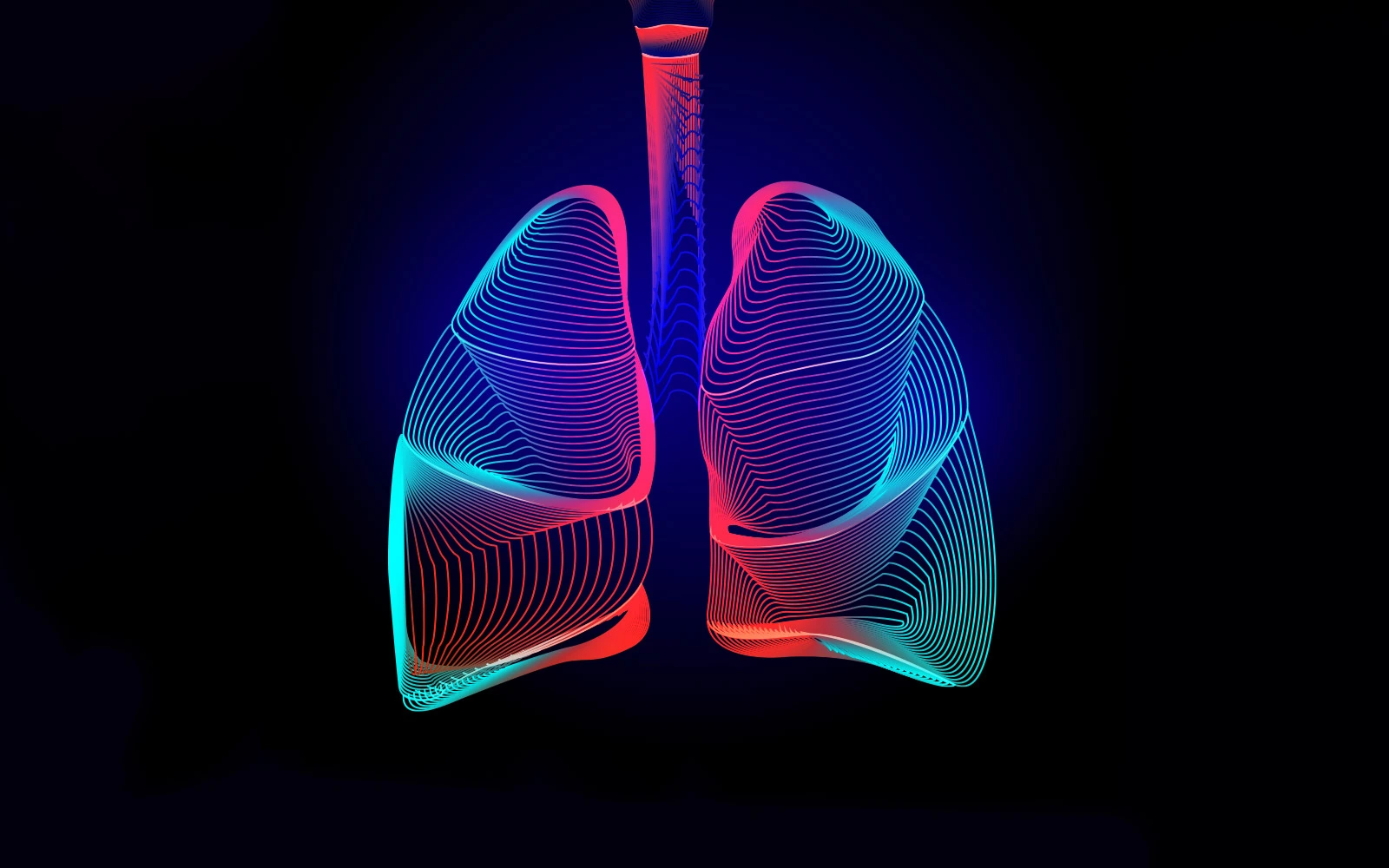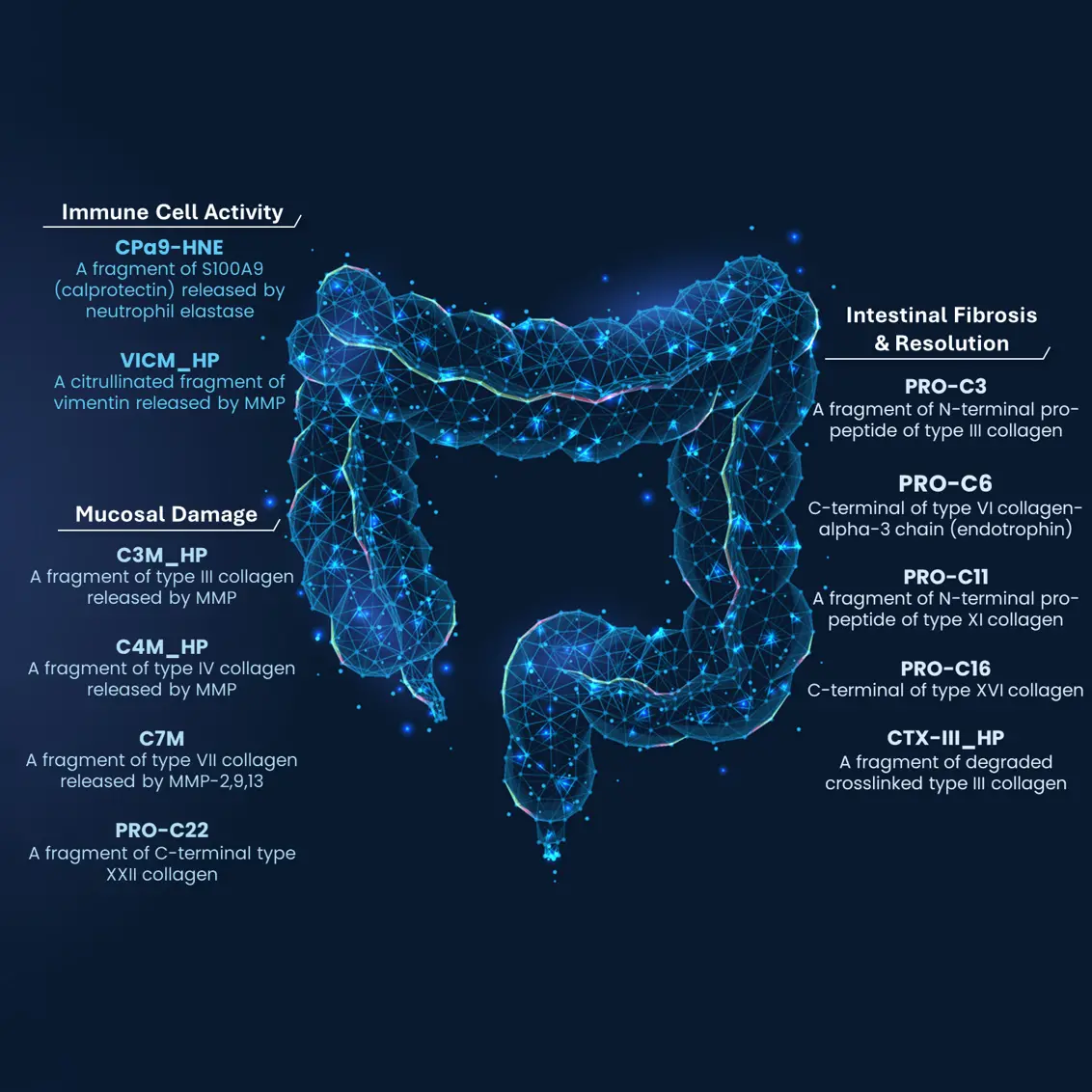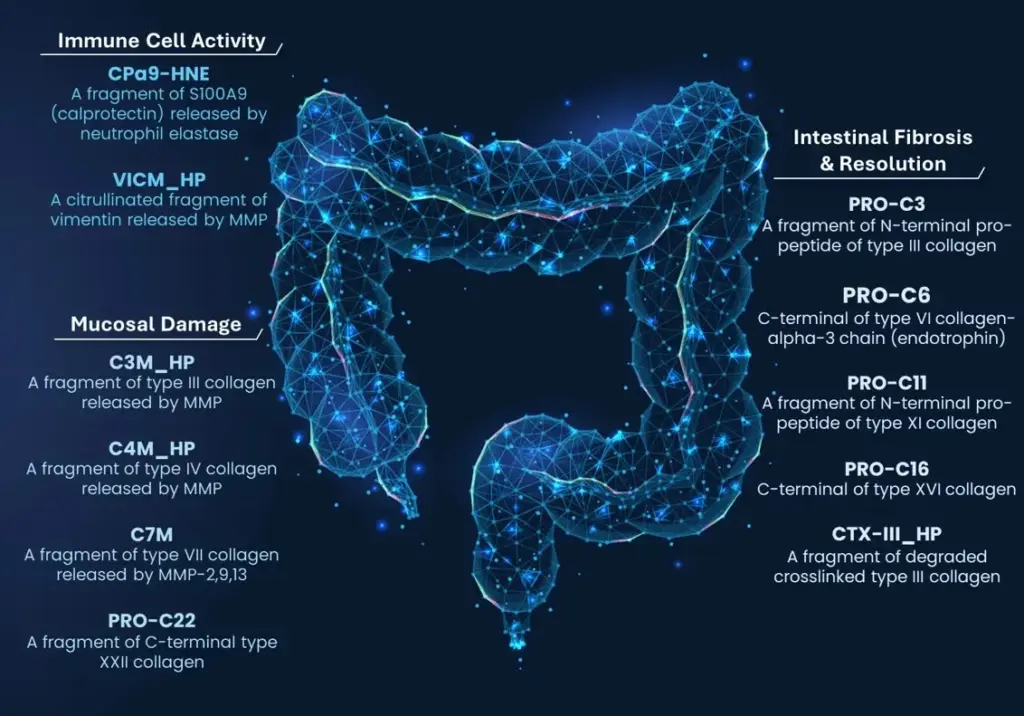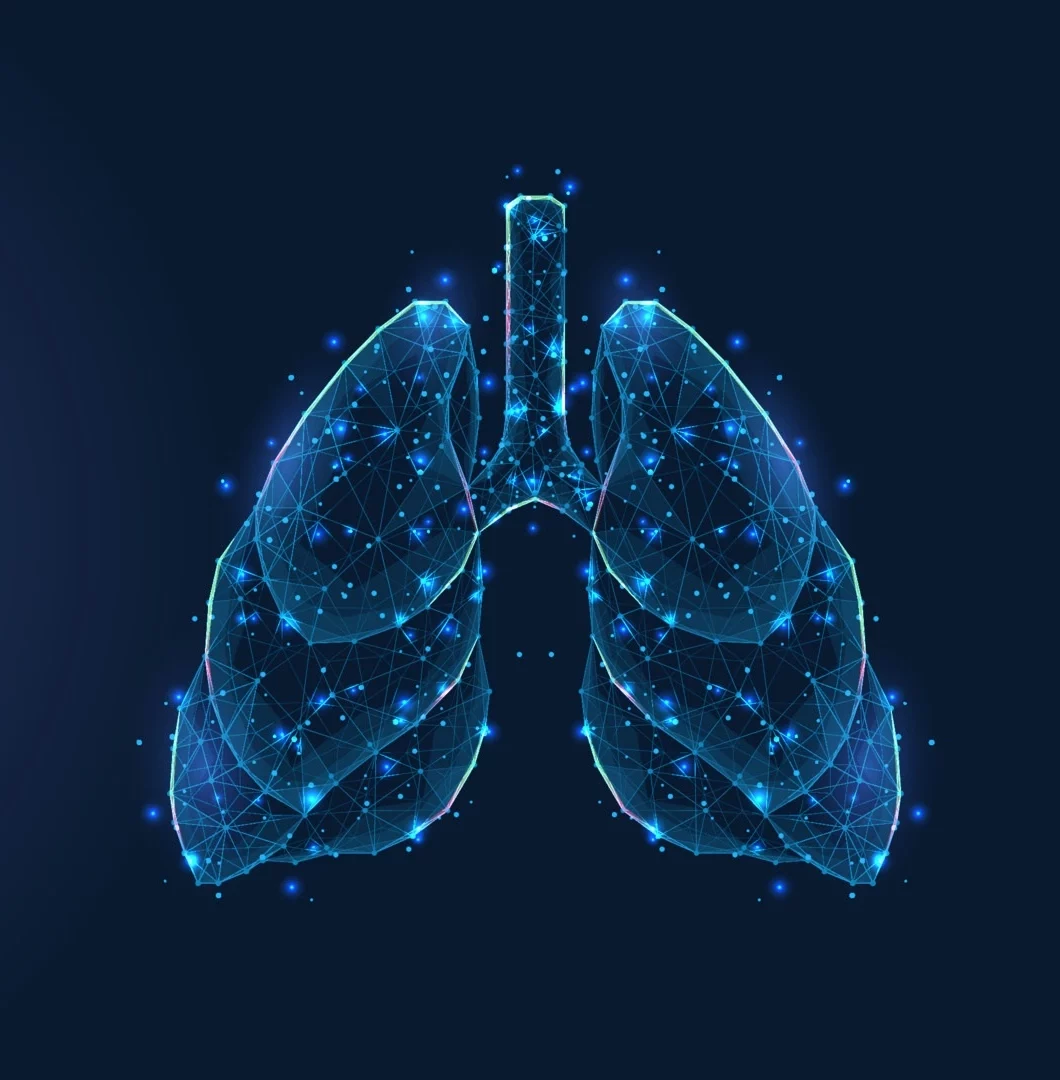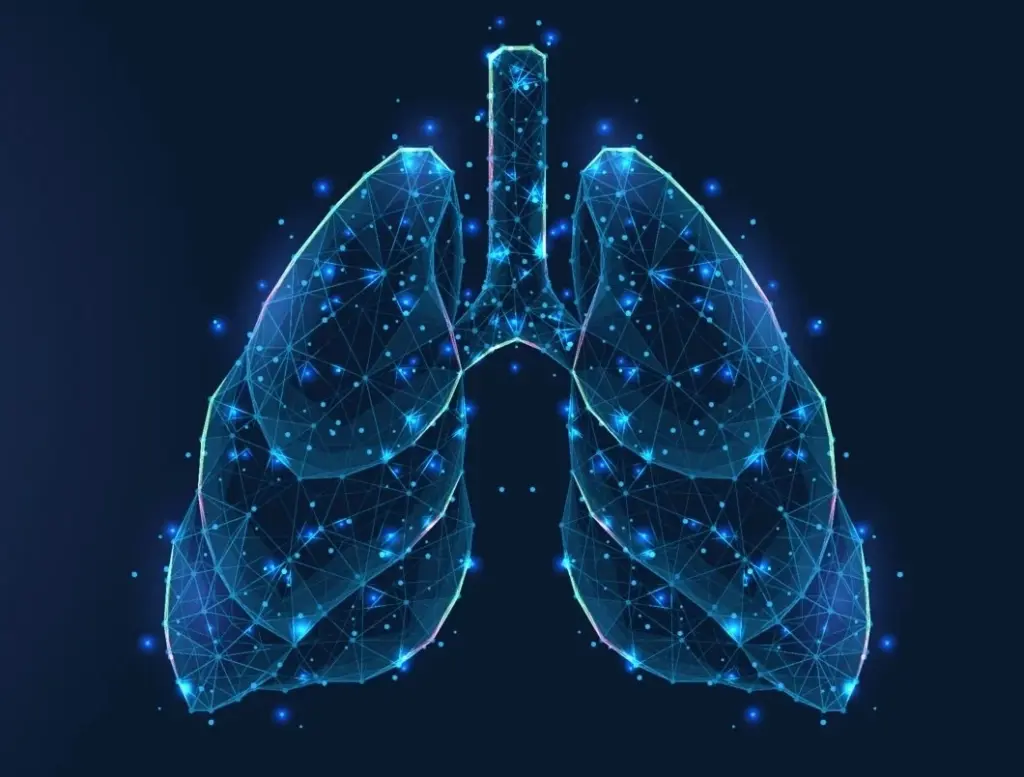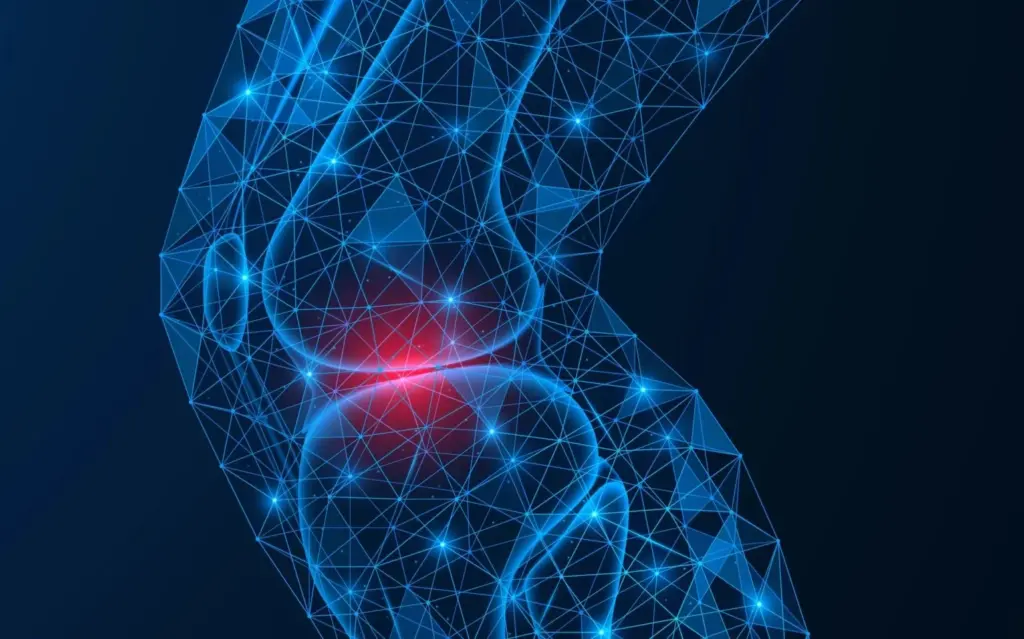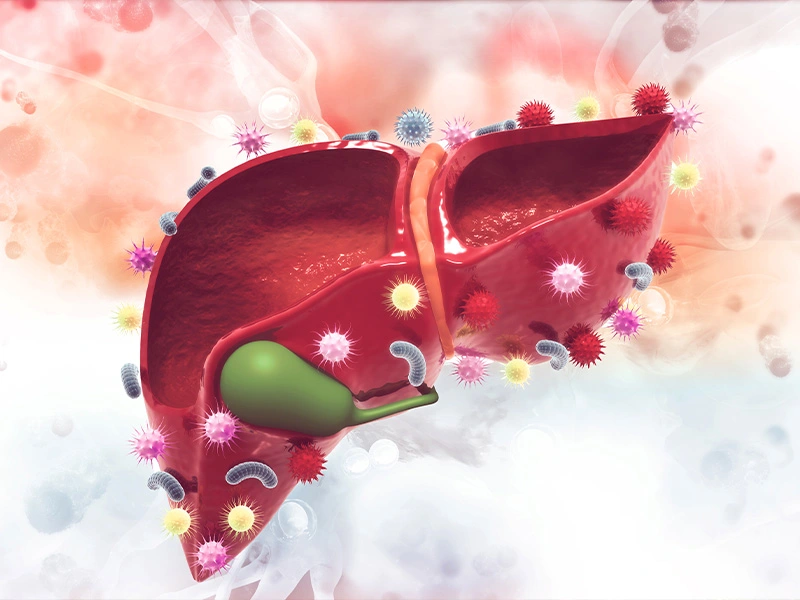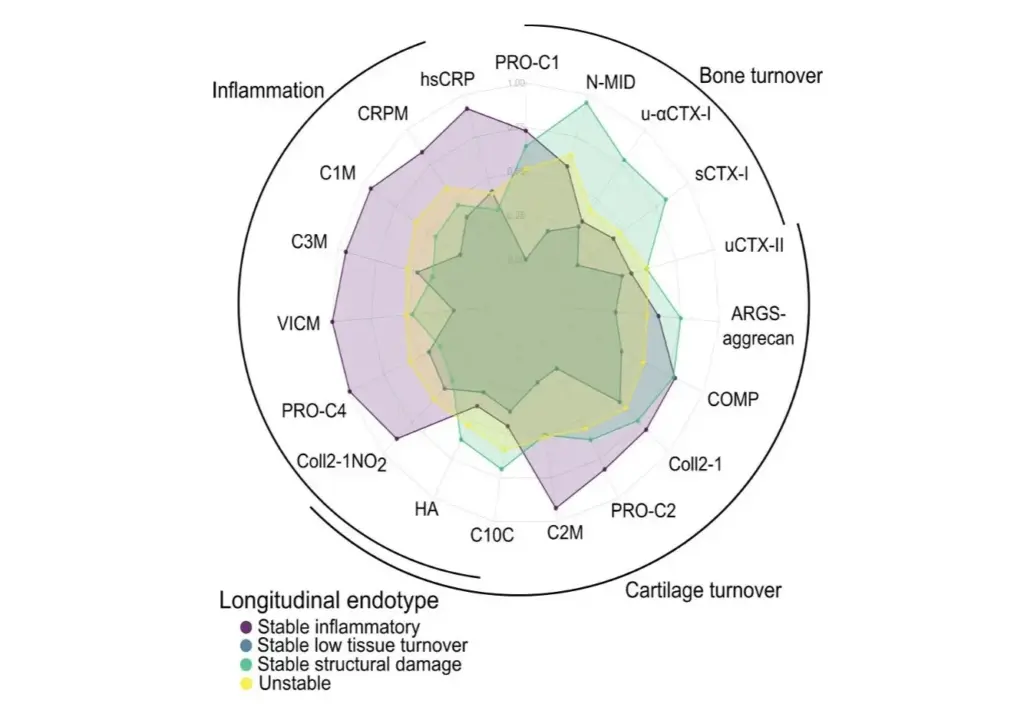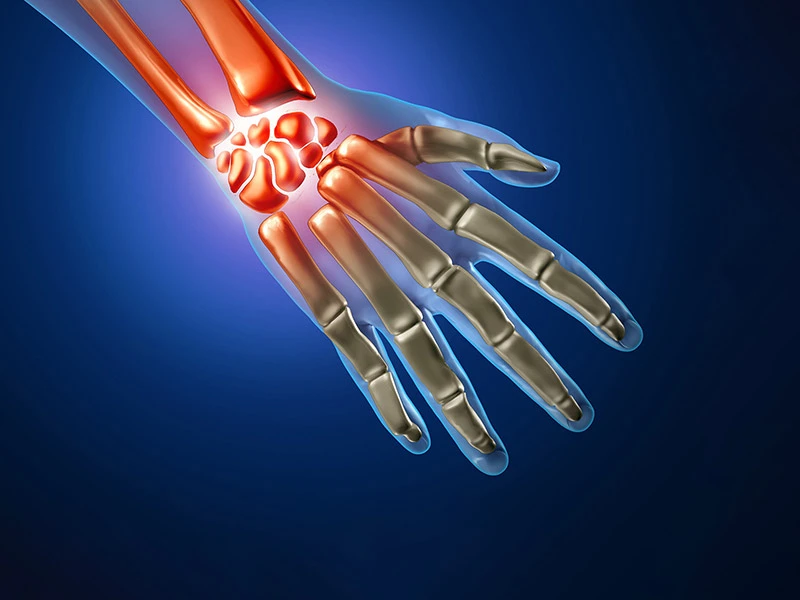September is pulmonary fibrosis (PF) awareness month—a progressive lung disease that affects over 200,000 people in the United States alone. PF causes scarring of lung tissue, leading to severe breathing difficulties and reduced quality of life.
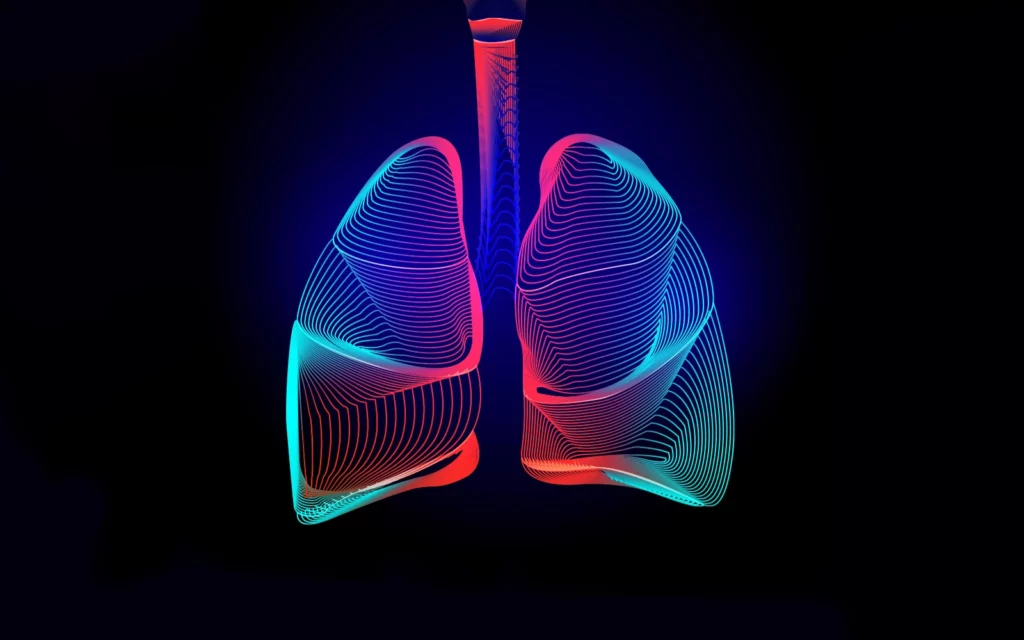
At Nordic Bioscience, we are dedicated to advancing the development of biomarkers that provide deeper insights into disease progression in pulmonary fibrosis.
Together with our collaborators, we contributed to the Lancet publication: Cluster analysis of blood biomarkers to identify molecular patterns in pulmonary fibrosis: assessment of a multicentre, prospective, observational cohort with independent validation.
This research represents a step forward in identifying endotypes that can help improve the monitoring of the disease and guided therapy, ultimately enhancing patient care.
We hope our findings encourage continued research and collaboration, working together to make a lasting impact!
